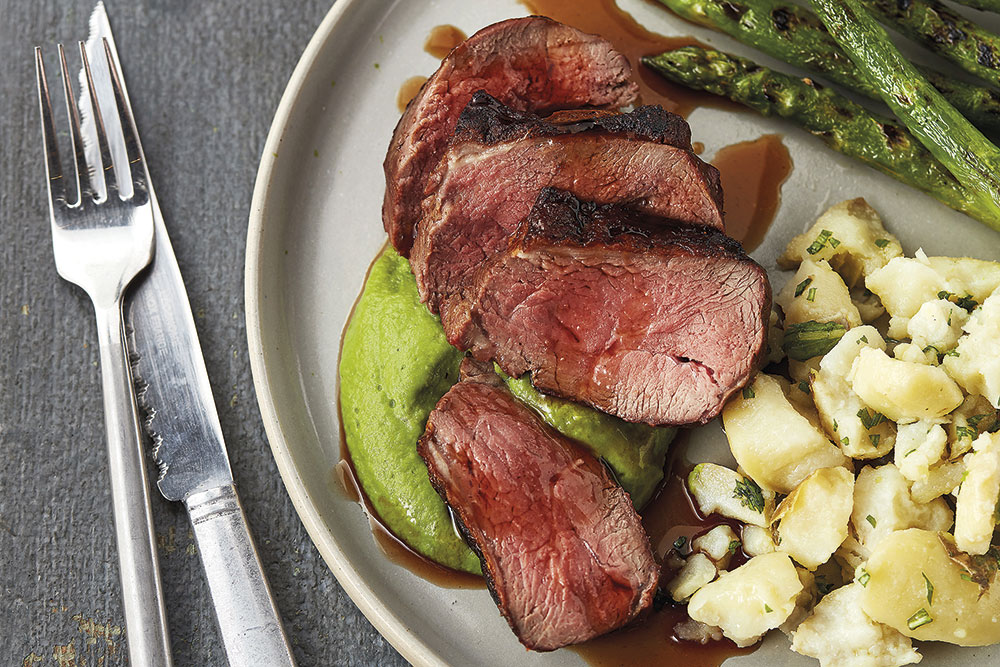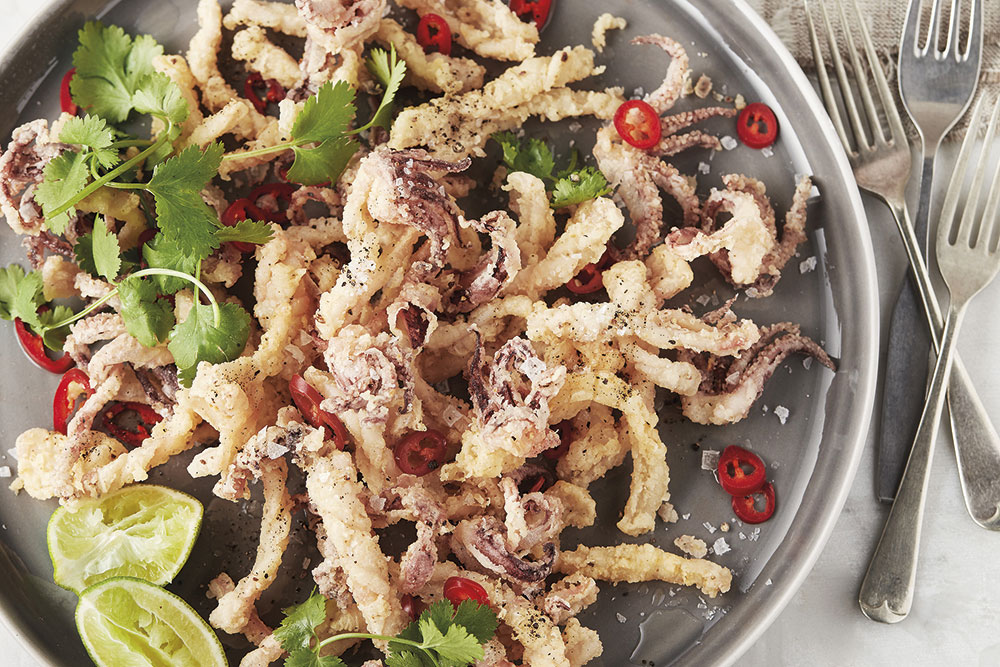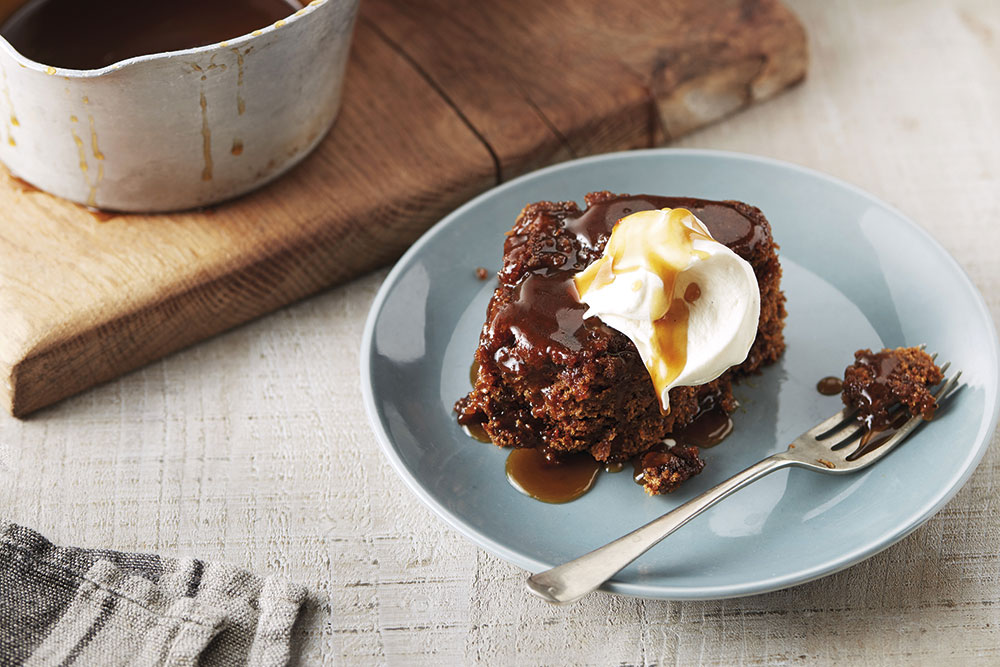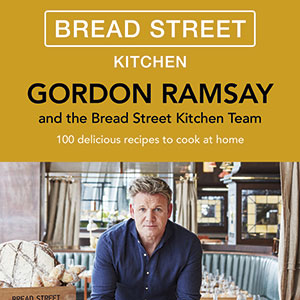Michelin man

Gordon Ramsay, OBE is mulling over the secret to successful Christmas Day entertaining.‘Fall out with the in-laws then you don’t have to invite them. Christmas goes a lot f***ing easier,’ he says, alluding with sniper-like precision to the well-documented fall out with his wife Tana’s father, his former business manager Chris Hutcheson.
‘Here’s the thing to do,’ he continues, swiftly hauling the conversation back to the matter in hand – cooking. ‘In the first week of December do a precise run-through. Set up a timetable. Eighty per cent of the veg and the prep can be done the day before.
The multi-Michelin starred chef, who runs 27 establishments worldwide, is a journalist’s dream. Passionate, honest and filter-free, he illustrates questions about his career with anecdotes from his home life. He, Tana, 41, and their four children – Megan, 18, twins Holly and Jack, 16, and Tilly, 14 – divide their time between London and Los Angeles, and Gordon’s role as busy family man has, naturally, filtered through to his cooking.
‘Ten years ago, I started writing books from home using restaurant ingredients. That really put things into perspective,’ he says, referencing his latest cook book, Gordon Ramsay Bread Street Kitchen, which is inspired by his eponymous central London eatery. The collection of ‘casual, fun, easy’ recipes using ‘fresh ingredients’ and ‘simple techniques’ is a kitchen-phobe’s dream come true.
HEALTHY FOCUS
‘They stress and they panic, [thinking] “oh s***, I need 90 minutes”,’ says Gordon. ‘No you don’t, and that’s the beauty of this book.’
Flexibility starts with ingredients and US show Kitchen Nightmares star Gordon, 49, has long encouraged his children to be adventurous eaters. ‘We had snails in the garden so I showed them how to enjoy snails.’
Er, is there such a way? Gordon nods.
‘Rather than sautéed with garlic, like the French do, which is f***ing horrendous, braised snails are delicious and really healthy.’
While Gordon’s idea of hearty meals might not be to everyone’s taste, he makes no apologies for his use of diverse ingredients and health is a daily focus for Gordon. After his alcoholic father died from a heart attack in 1998, he vowed to upgrade his attitude to diet and exercise. He’s now noticeably leaner thanks, predominantly, to a fitness regime that’s seen him compete in five Ironman triathlons.
‘About 10 years ago, I started reading about heart attacks, strokes and what this industry can do to you, so I had to change,’ says Gordon. ‘I still indulge, but I’m a lot healthier.’
Gordon, who swears by a ‘work hard play hard’ lifestyle, is determined to set a positive example of balance to his brood. ‘It starts from the top, because it is the parents’ fault when kids put on weight. In time, parents are going to be held accountable for that stuff,’ he says. ‘We aren’t always together, but the time we are is special. They need to understand that it’s important to find balance.’
GORDON’S TIPS FOR ROASTIES AND MARINATING MEAT
To get the maximum flavour out of meat, score it – that is, cut deep slits in the meat – so that your marinade can penetrate into it, rather than just sitting on the outside.
Give roast potatoes a little kick by adding chilli flakes and ground turmeric after simmering for about eight minutes before putting in the oven for roasting.
LAMB RUMP WITH PEA PUREE AND GRIDDLED ASPARAGUS
The best way to serve lamb is with delicious fresh vegetables – in this case, potatoes, asparagus and peas. You could use fresh peas for the purée, but as frozen peas are frozen within hours of being picked they are considered to be just as fresh, if not fresher, than unfrozen ones.
Serves 4
• 4 lamb rumps, about 200g each
• 1tbsp olive oil
• 300g spinach, rinsed
• 500g frozen peas
• 250ml hot vegetable stock
• 2 mint sprigs, leaves picked
• 25g butter
• 500g asparagus spears, trimmed
• 1tbsp vegetable oil
• Sea salt and freshly ground black pepper
• Beef jus, to serve (optional)
1. Preheat oven to 200°C/400°F/Gas 6.
2. Season the lamb with a little salt. Heat the olive oil in an ovenproof frying pan until very hot, then brown the rumps for 2-3 minutes on each side, until well caramelised.
3. Put the pan in the oven and roast for 8-10 minutes, until the lamb is cooked but still pink in the centre (or cook for 15-20 minutes, if you prefer well done). Remove from the oven and leave to rest for at least 5 minutes before carving.
4. To make the pea purée, put the spinach into a heatproof bowl. Cover with boiling water and leave for 30 seconds, until wilted. Drain and cool under running water. Squeeze out excess water, pat dry and chop.
5. Put the peas into a saucepan, pour over the hot stock and simmer until tender, 3-4 minutes. Drain, reserving 100ml of the stock. Blitz the peas and reserved stock in a blender with the spinach, mint and butter to make a purée. Season to taste.
6. While the peas are cooking, blanch the asparagus in a separate pan of boiling water for 2-3 minutes, until just tender. Drain, refresh in cold water, then drain again and pat dry.
7. Heat a griddle pan, then drizzle in the vegetable oil. Add the blanched asparagus (you may need to do this in a couple of batches, depending on the size of your pan) and cook over a high heat for 2-3 minutes until charred.
8. To serve, put a spoonful of pea purée onto each plate, sit the lamb on top and drizzle with beef jus. Serve with the asparagus and crushed minted Jersey Royal new potatoes.
TIP: With lamb, always slice the meat against the grain – it’s easier to chew that way.
SALT AND PEPPER SQUID
This is a hugely popular bar snack at Bread Street Kitchen and is brilliant for sharing with friends over a cold drink. The ground Szechuan peppercorns in the coating give the crispy squid its mouth-numbing tingle and distinct flavour – but leave them out if you aren’t a fan, or use black peppercorns instead.
Serves 4-6
• 2½tsp Szechuan peppercorns
• 50g plain flour
• 50g cornflour
• 50g semolina
• ¾tsp sea salt
• Vegetable oil, for deep-frying
• 12 small squid (about 550g), cleaned, patted dry and sliced into rings
• 120ml whole milk
To serve
• 1 plump red chilli, deseeded and finely sliced
• Large handful of fresh coriander leaves
• Lime wedges
1. Toast the peppercorns in a dry frying pan over a medium-high heat for a few minutes, shaking the pan occasionally. Remove from the heat and blitz them to a fine powder in a spice grinder or crush them using a pestle and mortar. Mix 2tsp of the ground peppercorns (reserve the rest for sprinkling later) with the flour, cornflour, semolina and salt in a bowl. Set aside on a large plate.
2. Heat a deep-fat fryer to 180°C or fill a large saucepan one-third full of vegetable oil and heat until a cube of bread dropped in the oil sizzles and turns golden in 30 seconds.
3. Put the squid into a separate bowl and pour over the milk, then remove the squid rings in batches, shaking off the excess milk, and immediately dip in the flour mixture to coat all over, shaking off the excess flour, too.
4. Deep-fry the squid rings in batches in the hot oil for 2–3 minutes per batch, until golden brown all over, turning them over occasionally if necessary so they brown evenly. Remove with a slotted spoon, drain on kitchen paper, then keep warm in a low oven while you deep-fry the remaining squid rings in the same way, making sure you bring the oil back up to temperature for each batch.
5. Transfer the deep-fried squid rings to serving plates, scatter with the chilli slices and coriander leaves, then garnish with lime wedges. Serve immediately, sprinkling a little of the reserved pepper over each serving, to taste.
TIP: A fresh squid should be completely odourless. Wash thoroughly and remove the tentacles and the entrails, along with the clear quill. Remove the purple membrane from the outer body, and cut off the fins. Cut off the head and squeeze to remove the beak.
STICKY TOFFEE PUDDING
Old-fashioned nursery puddings are always popular – the stickier and more comforting, the better. Our sticky toffee pudding is exactly how it should be – soft and squidgy. Serve with caramel sauce, clotted cream or crème fraîche and a big smile.
Serves 12
• 325g stoned dates, roughly chopped
• 275g dark soft brown sugar or dark muscovado sugar
• 3 large eggs
• 90g butter, melted and cooled slightly, plus extra for greasing
• 300g self-raising flour
• 1tsp baking powder
• 1tsp bicarbonate of soda
1. Preheat the oven to 190°C/375°F/ Gas 5. Grease and line the base of a 30 x 23 x 4cm deep baking tin with baking parchment.
2. Put the dates into a saucepan with 225ml water. Cook over a low-medium heat until mushy and the water is almost all absorbed for 4–5 minutes. Transfer to a blender, or use a stick blender in the pan, and blitz to a purée. Leave to cool.
3. Whisk the brown sugar and eggs together in a bowl for a minute, then whisk in the melted butter. Sift the flour, baking powder and bicarbonate of soda together in a separate bowl, then stir into the egg mixture, a third at a time, using a metal spoon. Stir in the date purée. Pour into the tin, spreading to smooth and bake for 25–30 minutes.
4. Check the pudding is cooked by inserting a knife into the centre – it should come out clean. Remove the pudding from the oven and turn out onto a wire rack. Peel off the lining paper, invert the pudding onto a board, then cut into 12 squares to serve.
5. Serve with a caramel sauce generously poured all over the top and a dollop of clotted cream or crème fraîche.
COOKING MADE EASY
Gordon Ramsay Bread Street Kitchen by Gordon Ramsay (£25, Hodder & Stoughton)










